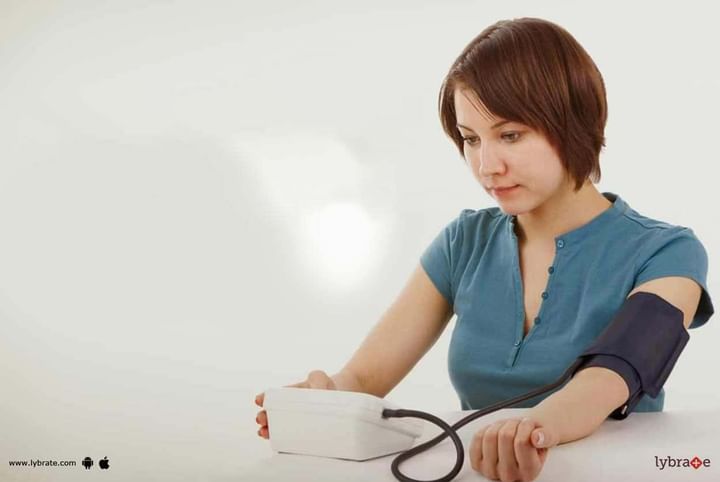Blood Pressure - How To Check It Yourself?
Measurement of the blood pressure is considered to be an important step in the diagnostic protocol since the flow of blood in the body determines one’s health. Higher the blood pressure, more the risk of health problems.
Now what exactly blood pressure is? It is the pressure exerted by blood on the walls of the blood vessels, specifically on the large arteries of the systemic circulation. The normal resting blood pressure of the human body is 120/80 mm Hg, where 120 is the systolic pressure and 80 is diastolic pressure, measured by the auscultatory method.
Usually, for measuring blood pressure, a physician is consulted. However, nowadays, blood pressure can be measured at home itself, thus removing the necessity of visiting a clinic for the same. There is a possibility of the patient being suffering from the ‘White Coat” hypertension, where blood pressure of the patient shoots up in the presence of the physician at the clinic. In such patients, it’s safer to suggest blood pressure measurement at home itself.
Certain factors like stress, smoking, heavy exercise, brisk walking, rapid movements, caffeine and certain medications can alter the pressure of blood. These factors should be avoided. There are two ways by which the blood pressure can be measured at home-
- Manual method using a sphygmomanometer
- Digital devices
A. Measurement of blood pressure using a sphygmomanometer
Steps:
1- Sit comfortably at one place and open the kit.
2- Raise your arm to the heart level.
3- Wrap the cuff around your upper arm, preferably the left arm.
4- The cuff should be adjusted to snugly fit. It shouldn’t be too tight.
5- Place the diaphragm (head) of the stethoscope flat against the skin on the inside of your arm.
6- Tighten the valve of the rubber bulb and inflate the cuff.
7- Release the valve slowly and note down the first thumping sound. This is the systolic blood pressure.
8- After the thumping sounds subside, there is a small whooshing sound, following which no sound is audible. Note down this pressure on the gauge, it is termed as diastolic blood pressure.
B. Digital devices
Steps:
1- Sit comfortably and relaxed with your back supported.
2- Support your arm on a tabletop at an even level with your heart.
3- Place the cuff on the left arm and keep tubing at the centre of your arm facing the front. Place the sensor correctly.
4- Press the “start” button. When the measurement is complete, readings of your systolic and diastolic blood pressures and your pulse rate will be displayed on the digital panel.
5- Record the reading of the first measurement and obtain another reading of blood pressure after resting.
6- Take the average value of the two readings.
By using these two simple methods and following the above mentioned easy steps, blood pressure can be measured and monitored at home itself. If there is a huge difference between consecutive readings, then it is best to consult the physician for accurate results.



+1.svg)
